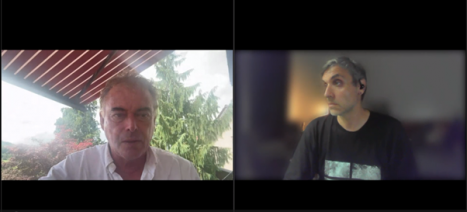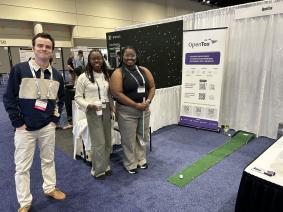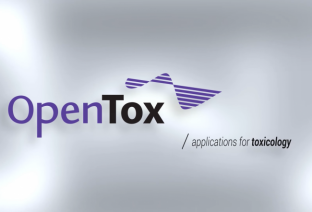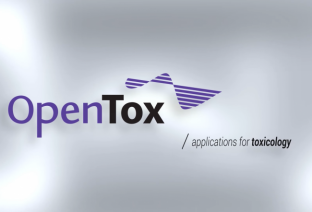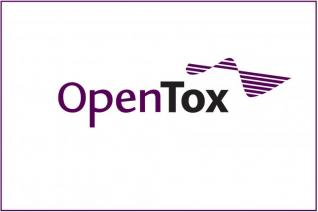OpenTox Asia 2017 recap
During 17-18 May 2017, we visited green and beautiful Daejeon in South Korea for OpenTox Asia 2017. Speakers from all over Asia and the rest of the world attended to present and discuss innovation in predictive toxicology at Didimdol Plaza, KRICT.
We were fortunate to have a scientific program of considerable breadth and depth ranging from nanomaterials, stem cells and brain organoid based toxicity assessment, to data integration and environmental monitoring using water fleas. To summarise such a big program is not easy, but I will highlight some of the talks here (a full program is available on the event website).
In session 2, Systems Biology and Toxicology, Dr. Satoshi Kitajima from the National Institute of Health Sciences, Japan, spoke about the Percellome database and its application on the Garuda toxicology platform. Having a highly systematic design similar to Open TG-GATEs, but focussing on mouse rather than rat samples, the Percellome database has the potential to further advance the state of toxicogenomics.
In session 4, Stem Cell Biology, Dr. Kyun-Sun Kang from the Seoul National University, South Korea, spoke about drug toxicity screening based on human stem cells, giving an overview of the state of the field as well as indicating new directions.
And finally, in session 6, Environmental Toxicological Science, Dr. John Colbourne from the University of Birmingham, UK, spoke about the need for an environmental care industry and his vision to apply high throughput screening to Daphnia (water fleas), as the gene expression levels of these can reliably indicate the state of environmental pollution.
One of the supporting institutes was the Korean Institute of Toxicology (KIT), and they also graciously invited us on a guided tour of their quite comprehensive testing facilities in Daejeon, near the conference venue. For someone like myself, doing most of my work on computers, it was interesting to see some of the laboratories where the models and theories become tangible phenomena.
In the evening of the 17th, we all gathered together for a social dinner at a Korean restaurant nearby.
We are grateful to our hosts and co-organisers, and to everyone who attended, as well as to speakers, chairs and poster presenters. In my view, this positive and energetic event hints at many future successful meetings and collaborations in Asia, for OpenTox, for Douglas Connect, and for the wider community.

